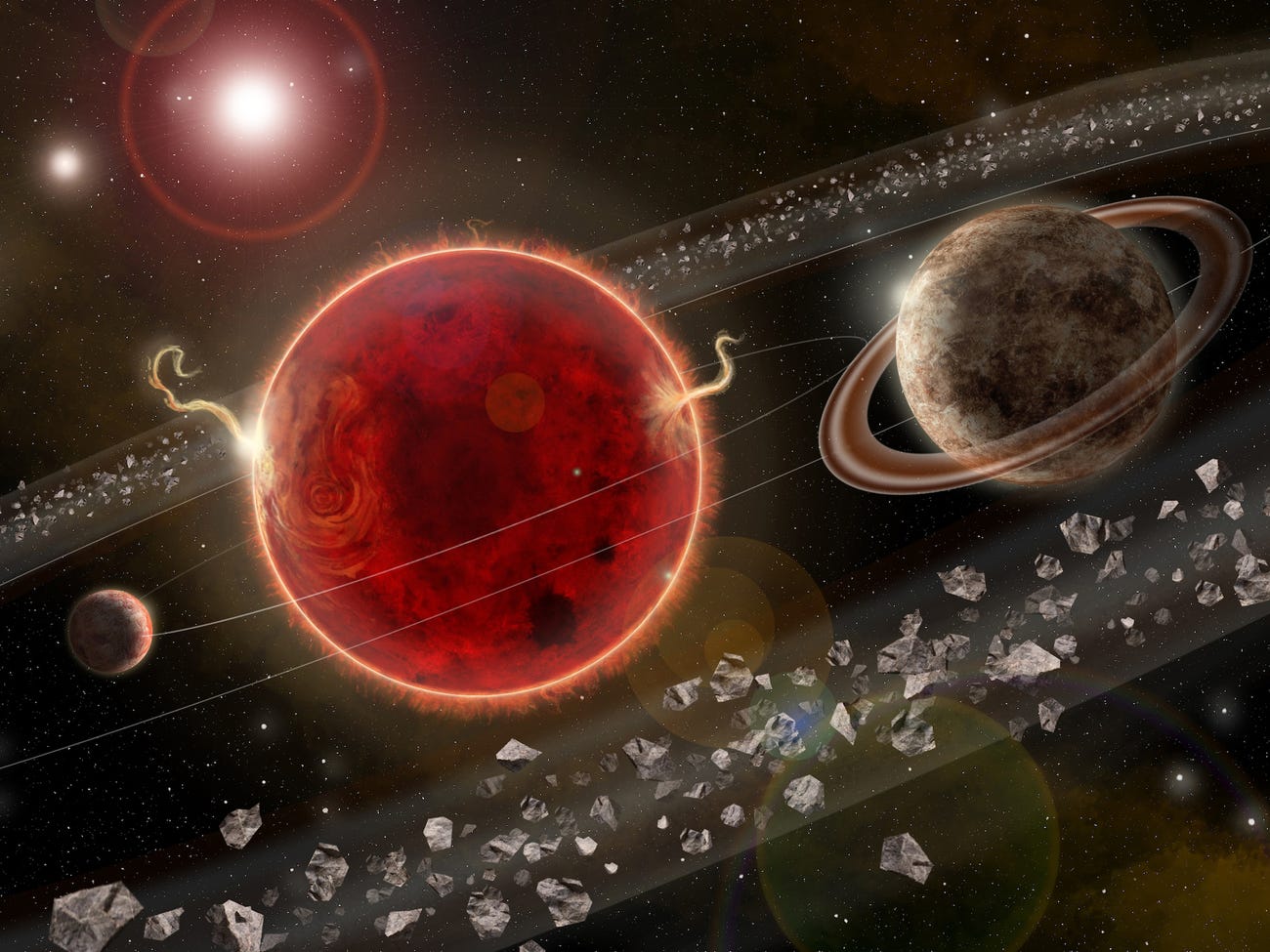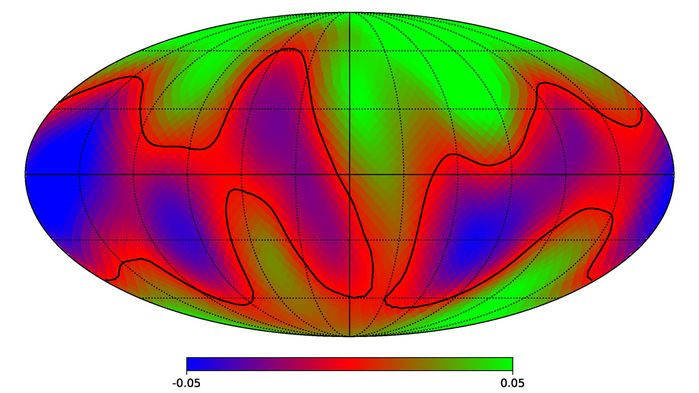In 2016, astronomers working for the European Southern Observatory (ESO) confirmed the existence of a terrestrial planet around Earth’s closest stellar neighbor – Proxima Centauri. The discovery of this nearby extrasolar planet (Proxima b) caused no shortage of excitement because, in addition to being similar in size to Earth, it was found to orbit within the star’s habitable zone (HZ).
Thanks to an INAF-led team, a second exoplanet (a super-Earth) was found early this year around Proxima Centauri using the Radial Velocity Method. Based on the separation between the two planets, another INAF-led team attempted to observe this planet using the Direct Imaging Method. While not entirely successful, their observations raise the possibility that this planet has a system of rings around it, much like Saturn.
Continue reading “Astronomers Might Have Imaged a Second Planet Around Nearby Proxima Centauri – and it Might Have a Huge Set of Rings”


